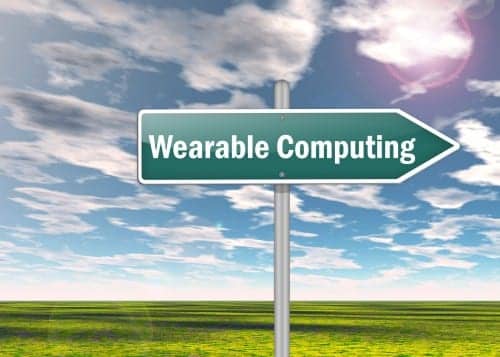In an article featured in the February 5, 2015 online edition of The Atlantic, contributing writer Ryan Budish uses his professional expertise and experience as a longtime hearing aid user to make some predictions about the future of personal wearable devices. According to his Atlantic article, Budish feels it is important to make a distinction between “consumer wearables,” which are predominantly elective and recreational, and devices like hearing aids, which are worn to compensate for hearing loss. Hearing aids, Budish explains, are medical devices designed to assist those with a medical impairment, and as such, are tightly regulated by the FDA.
Having made the distinction between medical wearable devices and more lifestyle-oriented assistive technology, Budish offers some basic guidelines for assessing the overall value of all wearable devices, whether they fall into a sensory-enhancing or data-recording category. His article indicates that all wearable technology should be unobtrusive, offering the user a seamless experience, and featuring capabilities that truly work best when in close contact with your body, as with a heart rate monitor.
Budish, who studies the impact of technology on our lives at the Berkman Center for Internet & Society at Harvard University, forecasts 4 trends we are likely to see in the future regarding personal wearable devices, including new developments for hearing aids. To see the complete list of predictions and read the details, visit The Atlantic website.
Source: The Atlantic
Photo credit: © Mindscanner | Dreamstime.com





